Which Type of Citrus to Plant
Planting citrus can be a rewarding and enjoyable experience for gardeners of all levels. Not sure which type of citrus to plant? This post will help you decide! Citrus trees are an absolute delight with their fragrant blossoms, evergreen foliage, and delectable fruits. However, if you reside in a region suitable for planting citrus (typically USDA Zones 8-11), choosing the perfect citrus tree can be challenging. These four questions will help you decide which type of citrus to plant and add to your landscape and garden.
Article Outline:
4 Questions to help you decide which type of citrus to plant
- Do I want to eat this type of citrus for the next 20 years?
- Should I plant a standard size or a dwarf variety?
- When do I want to harvest?
- Do I want fruit I can’t easily buy at the store?
4 Questions to help you decide which type of citrus to plant:
1. Do I want to eat this type of citrus for the next 20 years?
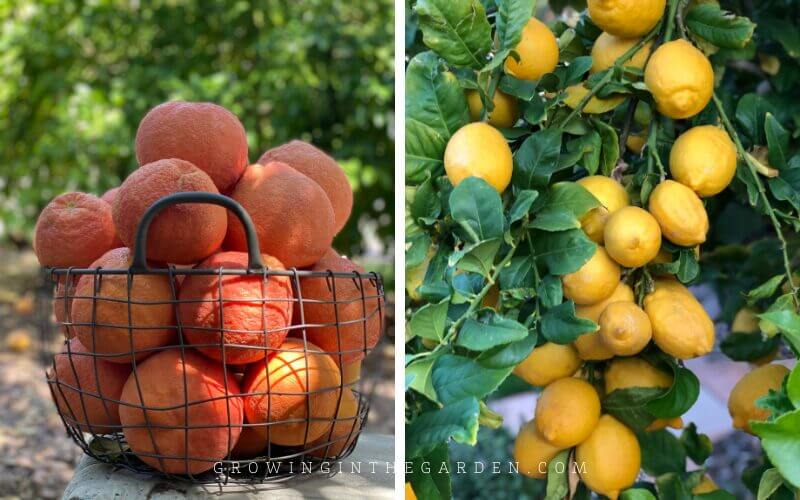
Citrus trees are long-lived. Before you plant the tree, spend time choosing the right variety to meet your needs. This article talks about 30 different varieties of citrus. Some oranges are best for juicing, and others are best eaten fresh. Citrus trees (even dwarf varieties) produce a lot of fruit. Try to sample the type of fruit you are considering planting. Many nurseries offer tasting events.
In Arizona, Greenfield Citrus Nursery hosts a citrus clinic each January put on by the Maricopa County Master Gardeners. There is a citrus-tasting table as a part of this event each year.
If you plant the right trees, having something from your fruit trees to harvest year-round is very possible. This post will help you find ideas about what to plant for year-round fruit tree harvests.
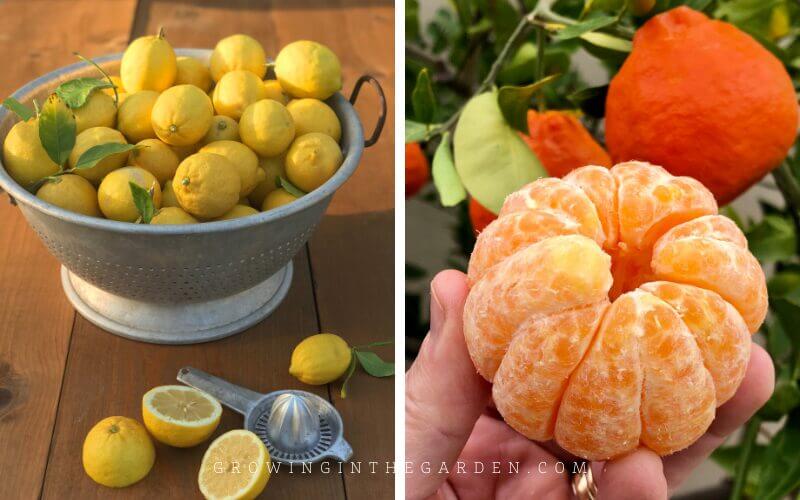
Additionally, if you visit a grower during the citrus-harvesting season, many will allow you to sample fruit right off the tree. Growing conditions can affect the fruit’s taste, but it’s important to like the variety you plant so the fruit is not wasted.
2. Which type of citrus to plant: Should I plant a standard size or a dwarf variety?
Dwarf citrus trees are smaller in size yet yield fruits equivalent in size to their larger counterparts, albeit in smaller quantities.
For citrus trees to flourish and mature unhindered, it is crucial to select a planting location that ensures unobstructed growth without the need for excessive pruning.
- Mature adult citrus trees average 20-25 feet (6-7.6 meters) tall and 15-18 feet (4.6-5.5 meters) wide.
- Dwarf types grow to 10-12 feet (3-3.7 meters) tall and 8-10 feet (2.4-3 meters) wide.
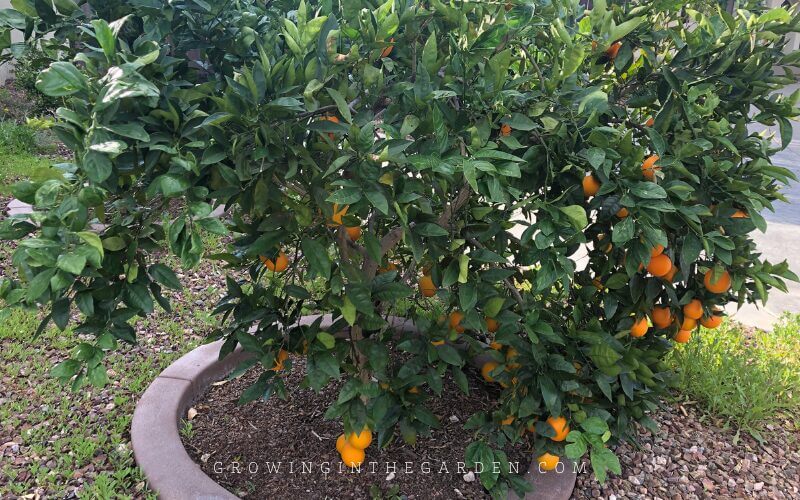
Before selecting a tree, evaluate the available space at your location. Carefully assess whether it can accommodate either tree type and then opt for the size that best suits your specific location.
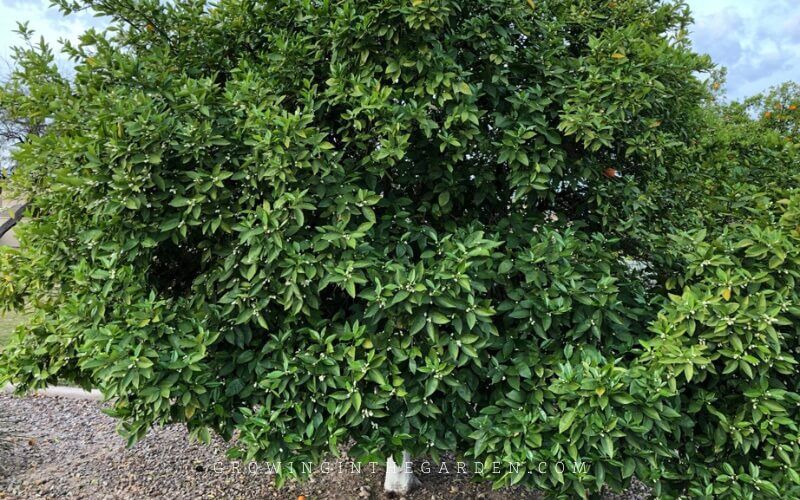
3. When do I want to harvest?
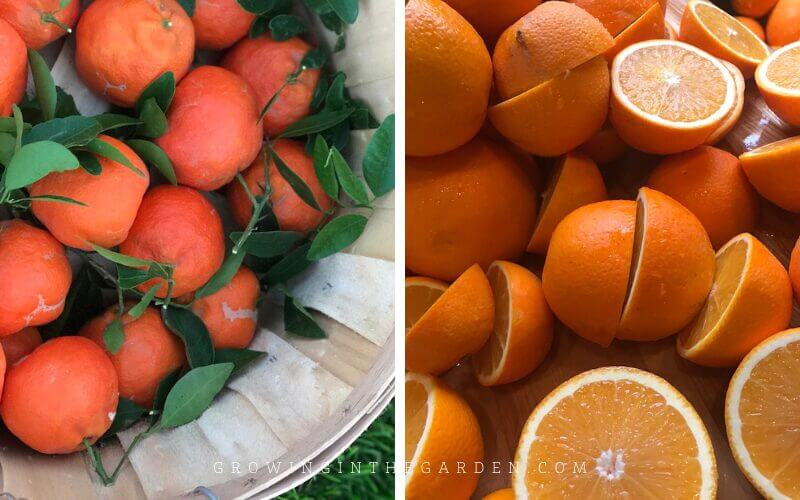
If planting several trees, choose varieties that ripen at different times to space harvests throughout the year. This helpful chart, “Citrus Harvesting Calendar for the Low Desert,” from the University of Arizona Extension Office, shows when different varieties are harvested.


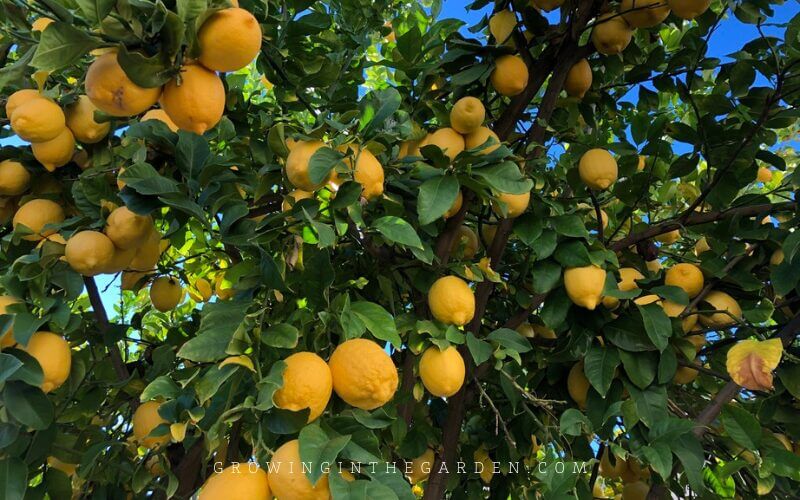
4. Which type of citrus to plant: Do I want fruit I can’t easily buy at the store?
There is an abundance of unusual varieties of citrus fruits that can be easily grown by citrus gardeners. However, these unique citrus fruits are often rare to come across in local stores or quite expensive to purchase.

Buddha’s Hand – Prized for its unusual shape and beautiful aroma, this is a conversation starter.
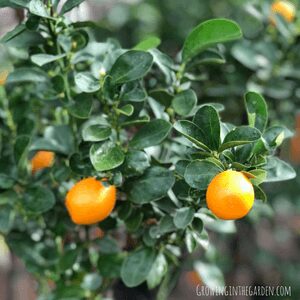
Kumquats – These trees are cold-hardy to -7 to -6.7°C (18-20°F), and the small orange fruit can be consumed whole, peel and all. They are beautiful landscape trees with dark green leaves.
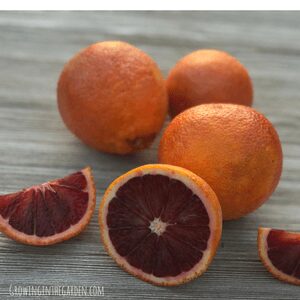
Pigmented or “Blood” Orange Varieties – The color in these develops best after a hot, dry summer followed by a cold winter. Varieties such as Tarocco and Sanguinelli are tasty choices.
More citrus resources:
- Want more help deciding? This article gives descriptions and pictures of 30 different types of citrus.
- Questions about growing citrus? This article answers 10 questions about how to grow citrus and includes guidelines for selecting, planting, watering, and fertilizing citrus.
- Want the best tips for juicing citrus for delicious juice? This guide to juicing citrus has all the details.
- Learn the 10 biggest citrus growing mistakes (and how to avoid them): Discover the most common pitfalls citrus growers face, from over-watering to incorrect pruning, and find expert tips on preventing and fixing each issue.
- How to grow citrus in containers: Get practical advice on choosing the correct container, selecting the proper soil, and creating the ideal growing conditions to cultivate citrus trees on a patio or balcony.
Sources:
- AZ Pub 1001, Low Desert Citrus Varieties: https://extension.arizona.edu/sites/extension.arizona.edu/files/pubs/az1001.pdf

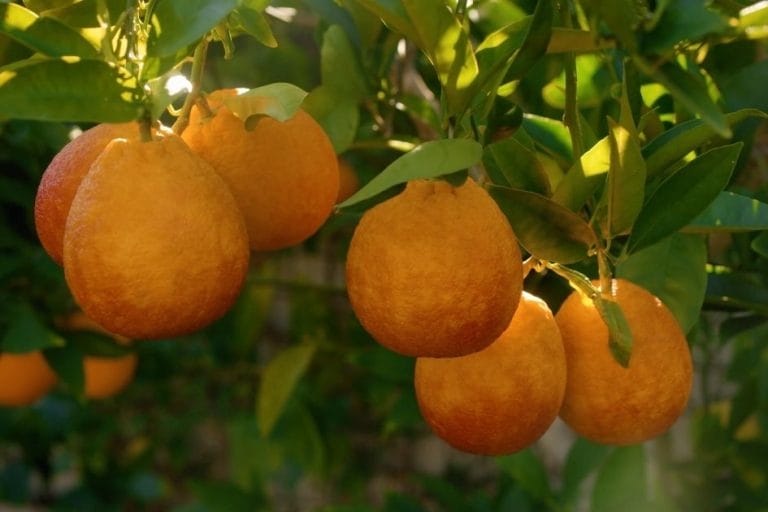
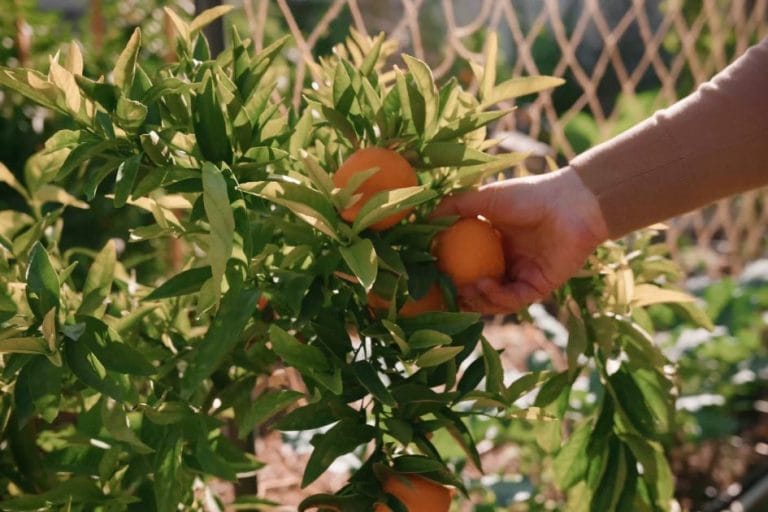
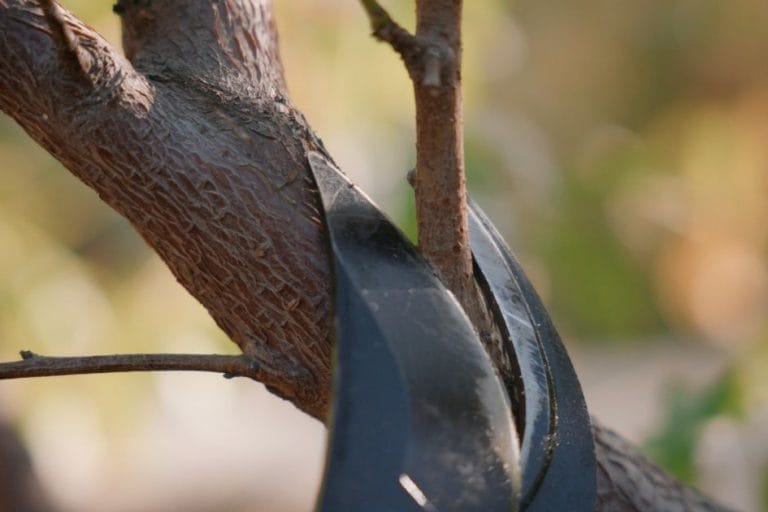

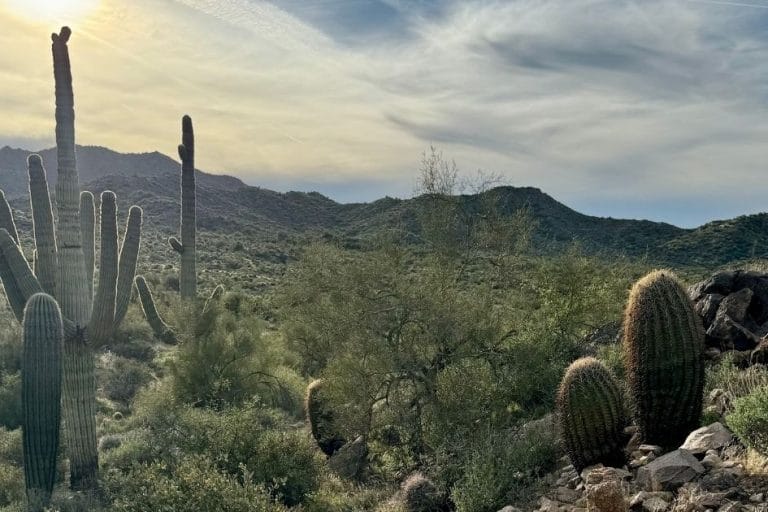
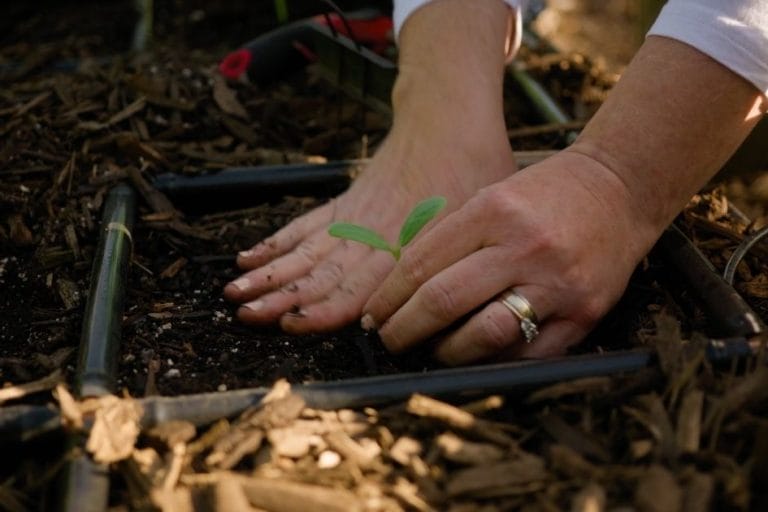
I live in Sun Lake Arizona and I have a semi dwarf orange tree that I was thinking of planting above ground but cutting the bottom off so it can have that extra good dirt in container and ground. How far down do I dig and add mulch to? Or is it the width that’s more important than the depth?
I’m not exactly sure what you mean by cutting the bottom off, but here are a few guidelines. Leave the rootball intact and dig a hole as deep as the nursery container, and 3 times wider. Plant at soil depth, no deeper. Fill hole back in with mostly native soil. You can mulch well on the top of the soil, but keep mulch away from trunk of tree. Hope that helps.
I have had a lemon tree for 2-3 years and have never gotten fruit! Why not?
Some trees take 3-4 years before fruiting. However, they usually produce before that. Are you watering and fertilizing? Does it get enough sun?